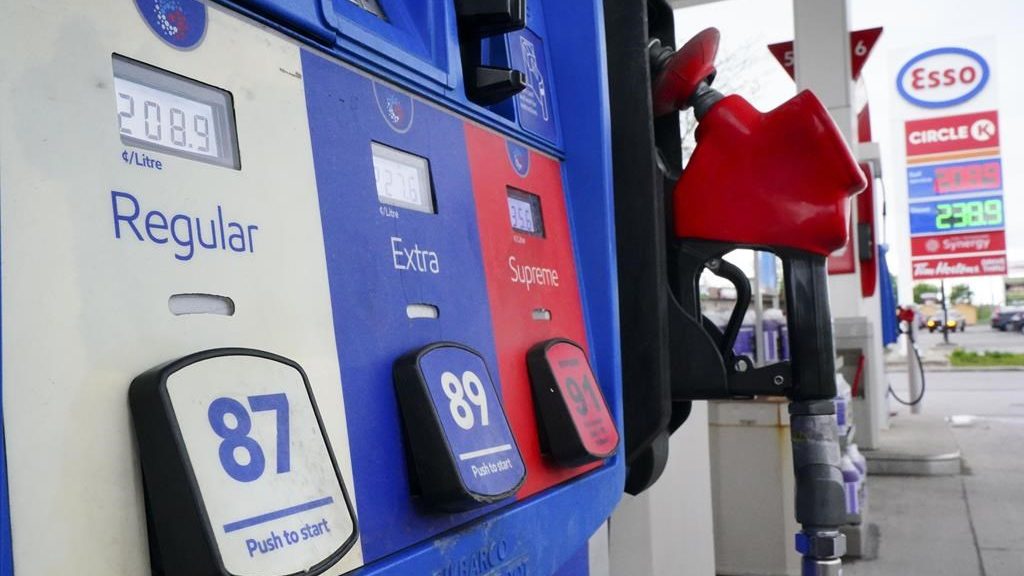Recently, the price of gasoline in Nova Scotia saw a noticeable increase, rising by just over 2 cents as reported in the latest weekly adjustments by the Nova Scotia Energy Board. This adjustment has raised the minimum price for self-serve regular gasoline from 140.3 cents per liter to 142.7 cents per liter. The rise in gas prices is a significant change for consumers and reflects ongoing fluctuations in the energy market.
In addition to the rise in gasoline prices, diesel fuel also experienced an increase. The price for diesel surged by 4.3 cents, bringing the new minimum price to 170.3 cents per liter. This hike is indicative of broader trends affecting fuel costs, which have been a focal point for many households and businesses relying on these essential resources.
To put this increase into context, it is noteworthy to compare the current prices to those from the same period last year. In the previous year, consumers were paying 156.4 cents per liter for gasoline and 173.3 cents per liter for diesel. This comparison highlights a shift in fuel costs, which can have various implications for consumers' budgets and overall spending on transportation.
The rise in fuel prices is a topic of concern for many Nova Scotians, especially as these increases can lead to higher costs in other sectors, such as transportation and goods delivery. As fuel prices surge, there could be a subsequent impact on the cost of living, as businesses may pass on these increased costs to consumers. Therefore, monitoring fuel price trends becomes essential for understanding the broader economic landscape.
The Nova Scotia Energy Board's adjustments reflect not only the current market conditions but also the geopolitical factors that often influence fuel prices globally. Events such as changes in oil supply, conflicts in oil-producing regions, and shifts in demand all contribute substantially to the pricing mechanisms. As consumers in Nova Scotia adjust to these new prices, it is important to consider the interrelated factors that govern fuel economics.
As these price adjustments unfold, local residents may seek ways to mitigate the impact of rising fuel costs. This could involve evaluating transportation choices, such as carpooling or using public transportation more frequently, which can help alleviate personal expenses tied to fuel consumption. Additionally, engaging in discussions about energy efficiency and alternative energy solutions may be crucial for communities looking to diminish their reliance on fluctuating fuel prices.
In conclusion, the increase in gasoline and diesel prices in Nova Scotia, while modest in percentage points, contributes to the ongoing narrative of fuel price volatility that consumers face today. Awareness of price changes and understanding their implications will be key for individuals and communities navigating these economic challenges.










